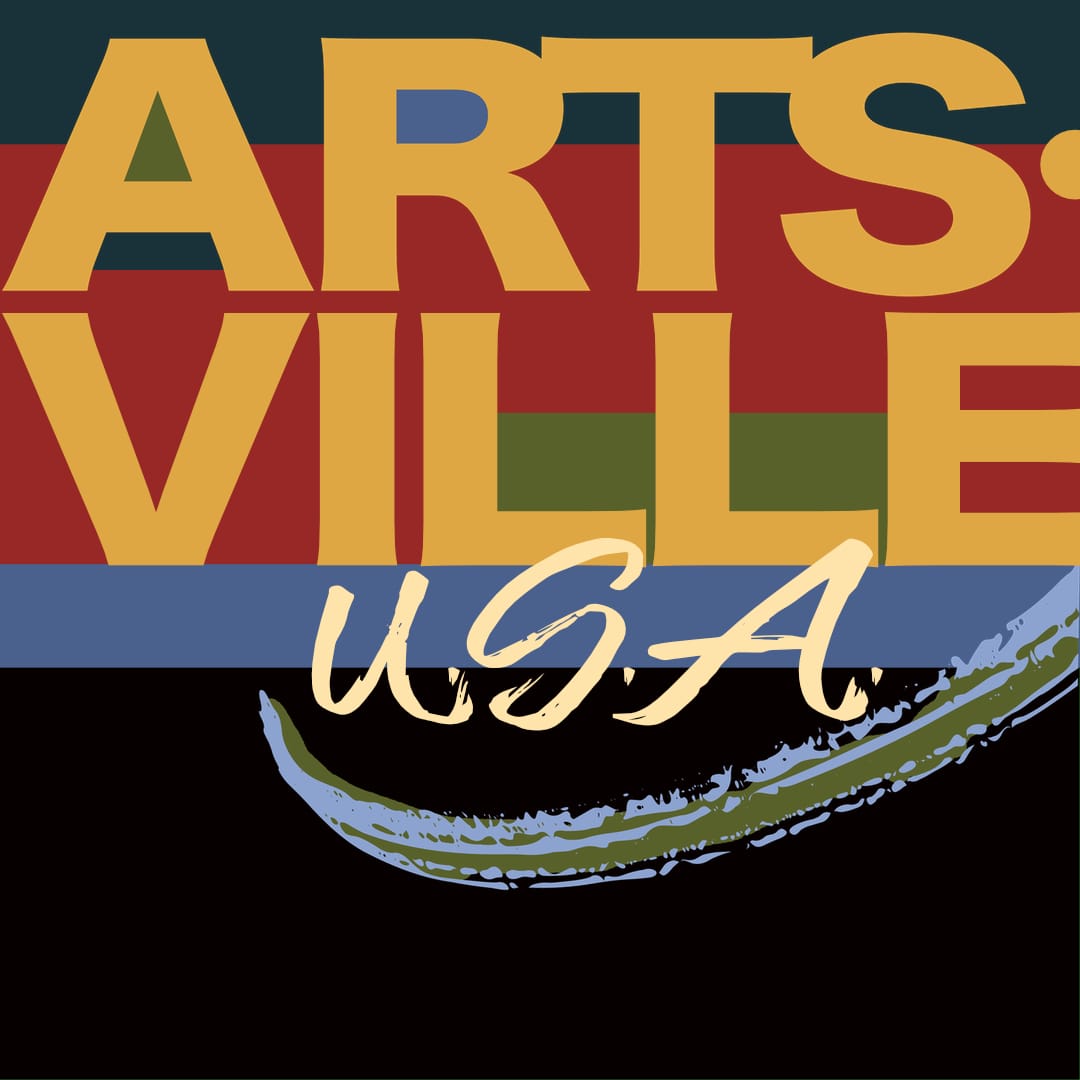Blue Spiral 1: Elevating Artisans with Michael Manes [Ep3]
Blue Spiral 1 exhibits the work of artists and makers in a light-filled 15,000 square-foot gallery spanning three floors. Blue Spiral has historically elevated the work of local artisans to a broader audience thanks to the legacy of the gallery’s founder, John Cram.
![Blue Spiral 1: Elevating Artisans with Michael Manes [Ep3]](https://d37oebn0w9ir6a.cloudfront.net/account_33748/services_b3878ac6cfc7954d5e783f5dc751e241.jpg)
Today on the Artsville Podcast, we hear from Micheal Manes, Gallery Director and Co-Owner at Blue Spiral 1, an art gallery in the heart of Downtown Asheville that represents up to 120 contemporary artists and the estate of turn-of-the-century modernist, Will Henry Stevens.
Blue Spiral 1 exhibits the work of artists and makers in a light-filled 15,000 square-foot gallery spanning three floors. This spacious setting allows the gallery to offer considerable diversity and, in today’s episode, Micheal shares how Blue Spiral has historically elevated the work of local artisans to a broader audience thanks to the legacy of the gallery’s founder, John Cram.
We also touch on the rise of the studio craft movement in America, the influence that Asheville’s natural beauty has on its creative community, and gain some insight into the logistics of running and programming a gallery space on such a large scale. Michael also shares some words of wisdom for artists seeking gallery representation and art lovers building their collection. Plus so much more! Tune in today for an enlightening and engaging discussion with another key member from Asheville’s thriving creative community!
Blue Spiral 1 — Key Points:
- Get to know Michael Manes and hear about his role at Blue Spiral 1.
- Learn about John Cram, who founded the gallery in 1990, and the early days of Blue Spiral.
- Micheal shares his personal journey to Asheville and what led him there.
- He reflects on the historical differentiation between art and craft and the rise of the studio craft movement in America.
- How John Cram and other art leaders paved the way for Asheville to become Artsville.
- Challenges Blue Spiral has had to overcome, including keeping up with Asheville’s growth.
- The influence that the natural environment in Asheville has on the creative community.
- Find out how Micheal approaches programming and curating a 15,000 square-foot space.
- Some insight into the logistics of running a gallery that represents up to 120 artists.
- Micheal’s advice for artists hoping to approach a gallery for representation: be prolific!
- His suggestion for art lovers building their collection: start by buying what you love.
- Why Blue Spiral strives to remain affordable, approachable, and accessible for all.
- What Micheal wants listeners to know about Asheville; everyone is welcome!
- The beautiful sense of community that Micheal believes makes Asheville unique.
- Accessibility and e-commerce; how to buy art on the Blue Spiral website.
Longer Quotes:

“What makes the gallery so successful, both for clients who are acquiring work but also visitors? – we often get people in here that use the gallery as a resource, whether they’re students coming in here to work on a report or school groups coming in [or simply] people visiting that want to get free exposure [to] and experience in the arts scene with world-class, museum-quality pieces. We work with that diversity. There are about 120 artists working in all different mediums, whether it’s glass, ceramics, wood, fiber, metals, painting. We cover it all. It makes for a great selection.” — Michael Manes [0:24:57]
“Don’t feel that just because there are a lot of artists [in Asheville] that it’s oversaturated. If there’s something that you do that is unique and you can bring something different and additive to our community, it’s all the more welcomed. But, with everything and anything, it involves and requires hard work. Nothing comes easy. Nothing is handed to anyone. If you work hard and hit the pavement, success can come. When you’re surrounded by other creatives, both in the business sense and also in the creative process sense, your work can grow, your practice can grow.” — Michael Manes [0:38:16]
Blue Spiral 1 Tweetables:
“Historically, crafts come from a utilitarian perspective or usage. They're things people made for everyday use. Because they’re being used every day, the value of them is perceived as something that is less than something that would be a one-off or original piece.” — Michael Manes [0:10:49]
“Because of the work that John [Cram] did and other formative art leaders and political leaders in our community that have supported the arts, there is one gallery opening up after another. There’s more artists moving here. There’s a huge support system for artists and craftsmen.” — Michael Manes [0:12:56]
“We want to be approachable. Just like the artists that we represent, it offers that diversity but, in the selection of those artists, there’s one key factor that runs across [them all] or I could say is the thread between the gallery, [which] is the craftsmanship.” — Michael Manes [0:34:25]
Links Mentioned in Today’s Episode:
- Micheal Manes on LinkedIn — https://www.linkedin.com/in/michael-manes-97379a8b/
- Blue Spiral 1 — https://bluespiral1.com/
- Blue Spiral 1 on Instagram — https://www.instagram.com/bluespiral1/
- Blue Spiral 1 on Facebook — https://www.facebook.com/BlueSpiral1/
- Artsville Podcast —
- Scott “Sourdough” Power — https://www.notarealartist.com/
- Louise Glickman — https://www.louiseglickman.com/
- Daryl Slaton — http://www.tailsofwhimsy.com/
- Crewest Studio — https://creweststudio.com/
- Sand Hill Artists Collective (SHAC) — https://sandhillartists.com/
